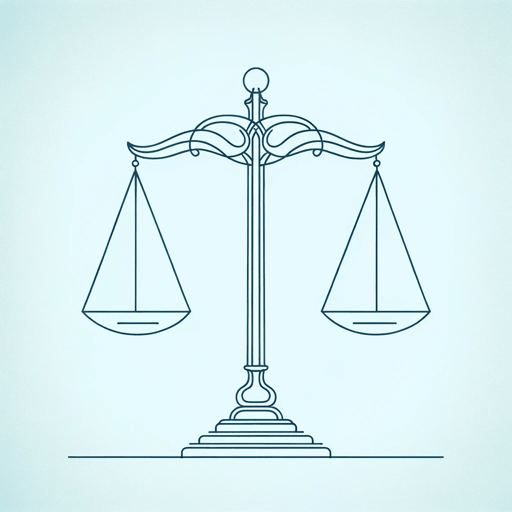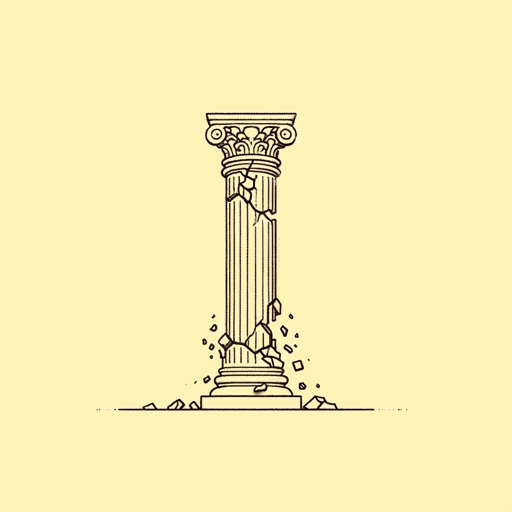49 pages • 1 hour read
Steven Levitsky, Daniel ZiblattTyranny of the Minority: Why American Democracy Reached the Breaking Point
Nonfiction | Book | Adult | Published in 2023A modern alternative to SparkNotes and CliffsNotes, SuperSummary offers high-quality Study Guides with detailed chapter summaries and analysis of major themes, characters, and more.
Chapters 5-6Chapter Summaries & Analyses
Chapter 5 Summary: “Fettered Majorities”
Levitsky and Ziblatt explore counter-majoritarian institutions in Chapter 5. The authors begin by explaining the two key pillars of liberal democracy: “collective self-rule (majority rule) and civil liberties (minority rights)” (137). Democracies have protections in place, known as counter-majoritarian institutions, to prevent misuse of power by popular majorities.
Counter-majoritarian institutions protect two domains from majorities. The first is civil liberties, including freedom of religion, assembly, press, and speech. The US Bill of Rights protects civil liberties. Unfortunately, many of these rights remain unevenly protected or poorly defined. Levitsky and Ziblatt use the Supreme Court 1940 decision in the Minersville School District v. Gobitis as an example. The Court upheld mandatory flag saluting over religious freedom, ruling on the side of “‘village tyrants’” (139). The Court reversed its decision in 1943 because its original decision infringed on civil liberties.
Counter-majoritarian institutions also help protect the rules of democracy. People elect governments for a finite period in democracies. While they are in power, the government’s temporary majority must not change the political system to weaken the opposition. An important minority right is that the opposition can compete fairly in elections. Mechanisms must be in place to protect the democratic process from majority rule.


